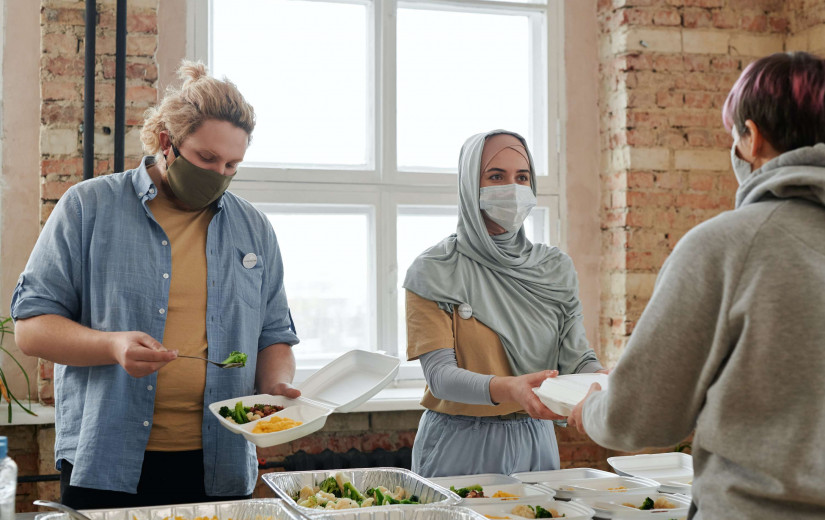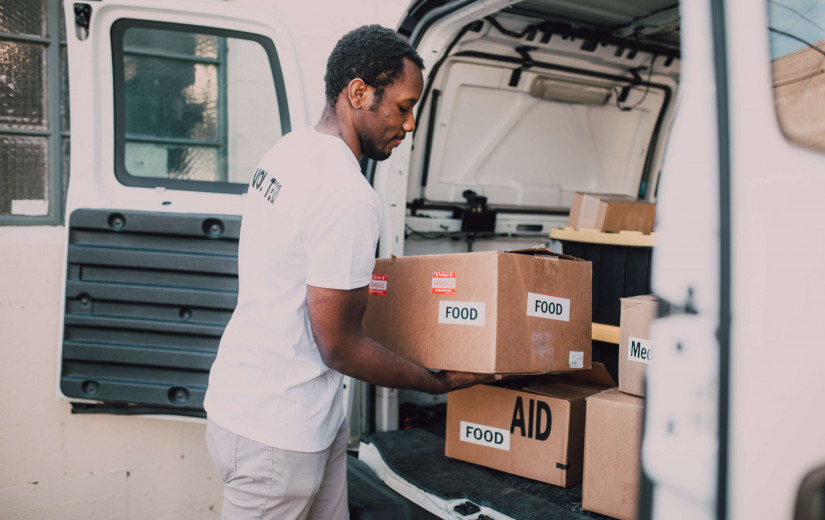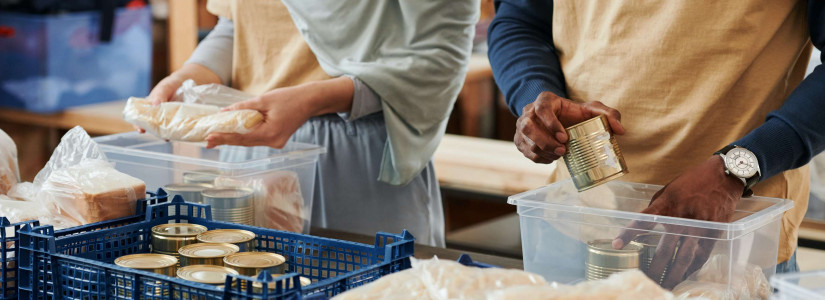Think That We Are Out of the Woods with COVID-19? You Better Think Again
If you have been paying attention to the news lately, you have surely heard various experts weigh in on the inevitably of the second surge of the COVID-19 virus. The deadly virus has already killed more than 100,000 Americans and over 363,000 people around the globe. While cases appear to be leveling off in the US, health officials caution that a second peak of the virus is imminent. Read on for more information about what you need to know about this surge and how it will affect your overall health and wellness.
Difference Between a Peak and a Wave
While many people use the terms peak and wave interchangeably, they are actually used to describe two separate scenarios in health circles. Simply put, a peak is much more deadly than a wave. A wave is a gradual heightening of cases, similar to what many communities throughout the globe experienced already with this pandemic. A peak is used to describe a sharp uptick in cases that may potentially overwhelm health care systems and lead to many more preventable deaths as a result. One of the defining characteristics of a peak is that more people are infected with the virus at any given time, overtaxing the medical community and making the infections more difficult to contain. One thing that the experts all agree on is that the second peak is likely to be far more dangerous than the first peak the nation experienced.
When Will it Happen and Why?
Although it is impossible to predict exactly when a second peak will hit, it is generally believed that the country is most at risk starting in late fall and continuing through the winter months. Some officials caution that rushing the current reopening plans could even lead to a smaller second peak this summer. Mass openings could also affect the timing of a second peak. For example, millions of students heading back to college campuses this fall could trigger a rapid increase in the number of confirmed cases due to communal living situations.
Because of the certainty that this second peak will occur on some level, some colleges and universities are already adjusting the academic calendar to account for the expected surge. For example, Purdue University recently announced that it will begin its fall semester early and eliminate the standard fall break in an effort to wrap up first semester classes prior to Thanksgiving so that students can travel home before the second peak hits.
Why is a Second Peak So Concerning?
What troubles many medical professionals about the anticipated second peak is its timing relative to flu season. While it may not seem like the world was spared with the current outbreak, the Northern Hemisphere was fortunate that it did not occur during the traditional flu season. Add that to the cornucopia of various additional respiratory illnesses that typically circulate during this time of year and it is no surprise that this second wave is so concerning. In addition, many economists believe that the country's businesses will not be able to withstand another round of shutdowns. This means that it will largely be business as usual in many places, leading to a higher rate of infection.
How to Prepare for a Second Peak
While there is nothing that you can do to control the onset of a second peak of the coronavirus, you can take steps to make sure that you are ready. Now is the time to catch up on essential medical appointments that you may have put off or had canceled during the first wave. This is a good time to make sure that your children are caught up on their recommended vaccination schedule. You should also make sure that you get a flu vaccine as soon as it becomes available early in the fall. Although you do not want to hoard essential items, this is the time to make sure that you have plenty of hand sanitizer and antibacterial wipes and sprays to get you through the anticipated second peak.
As with everything associated with this pandemic, there is a load of uncertainty and unpredictability. The only thing that you can do is to continue to take care of your own health. Prepare yourself for the worst but hope for the best is a good approach during times of uncertainty.

















